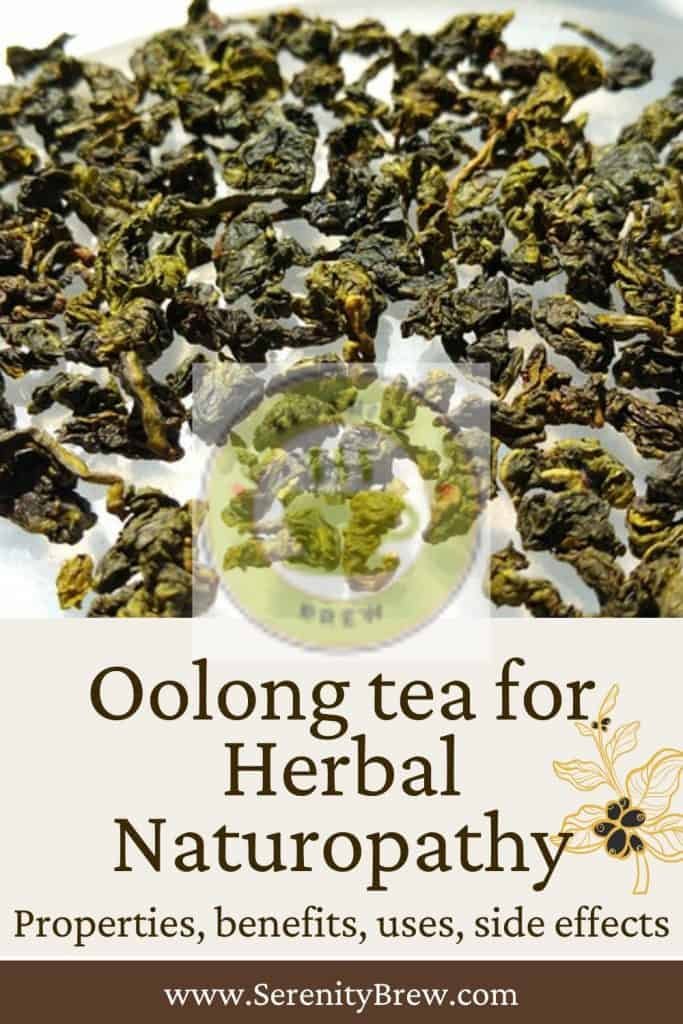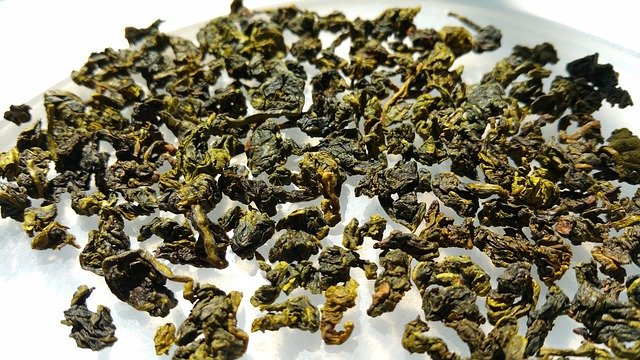
Oolong tea originates from China and is appreciated all over the world for its
sensory characteristics. This fine tea is rich in antioxidants and regular use of this drink can help the body stay young.
Oolong tea is obtained by processing the leaves of Camelia sinensis. Considered one of the finest teas in the world, oolong tea originates from China, then spread to the Taiwan area.
There are many varieties of oolong tea on the market, because depending on the type of processing the leaves are subjected to, it is possible to obtain tea with very different characteristics.
Taiwanese oolong teas, for example, can have different aromas, from floral to herbaceous or singed. Some oolong teas can cost over 460 dollar per kilo: some varieties are
particularly rare and sought after, such as Green Jade and Ali Shan grown at high altitudes in Taiwan or Wuyi Oolong and Oriental Beauty from China.
The leaves used to produce oolong tea can be partially or totally fermented : in the first case, a light tea similar to green tea is obtained , while when the leaves undergo a strong fermentation, the tea tends to resemble black tea in taste and appearance.
The type of fermentation also affects the brewing time of the oolong tea. To best extract the active ingredients from light and less fermented varieties of oolong tea, we recommend infusing them at a temperature between 82 and 85 degrees.
For the more fermented and darker oolongs, with dark green to black leaves, an infusion in water close to the boiling point is preferable. The infusion should always take place for three to five minutes.
The process of making oolong tea is considered almost like an art form that can only be learned after many years of experience. After harvesting, oolong tea leaves undergo more processing steps than any other variety of tea.
The leaves of the oolong tea are first dried, then fermented. A particular crushing follows which produces tea with different grain sizes, followed by a possible further fermentation process.
Subsequent repeated drying and roasting allow the leaves to release various different aromas.
In fact, oolong teas have different and extremely complex flavors. There are oolong teas with dark brown leaves similar to coffee and others with golden yellow or amber leaves.
Properties of oolong tea
Oolong tea is rich in antioxidants that help prevent or delay the damage caused by the action of free radicals.
Oxidative damage caused by free radicals is the basis of cellular aging and numerous pathologies. Tea contains good amounts of flavonoids, catechins and other molecules with
antioxidant action, useful in delaying aging and the onset of diseases.
Oolong tea leaves also contain caffeine – incorrectly called theine – as well as water-soluble minerals and vitamins including vitamin C and some B vitamins.
Oolong tea, like other types of tea, is a drink that brings numerous benefits to our body. The substances contained in it have in fact anti-inflammatory and anti-tumor action, in addition to the aforementioned antioxidant properties.
Regularly drinking three or more cups of oolong tea a day could therefore help keep the body young and healthy for longer.
Contraindications of oolong tea

Since tea contains caffeine, a substance with a strong stimulating action, the intake of oolong tea is contraindicated in pregnancy and breastfeeding, as well as in anxious, nervous or suffering from insomnia.
In all other cases, normal consumption of this drink does not cause significant side effects and has no particular contraindications.
